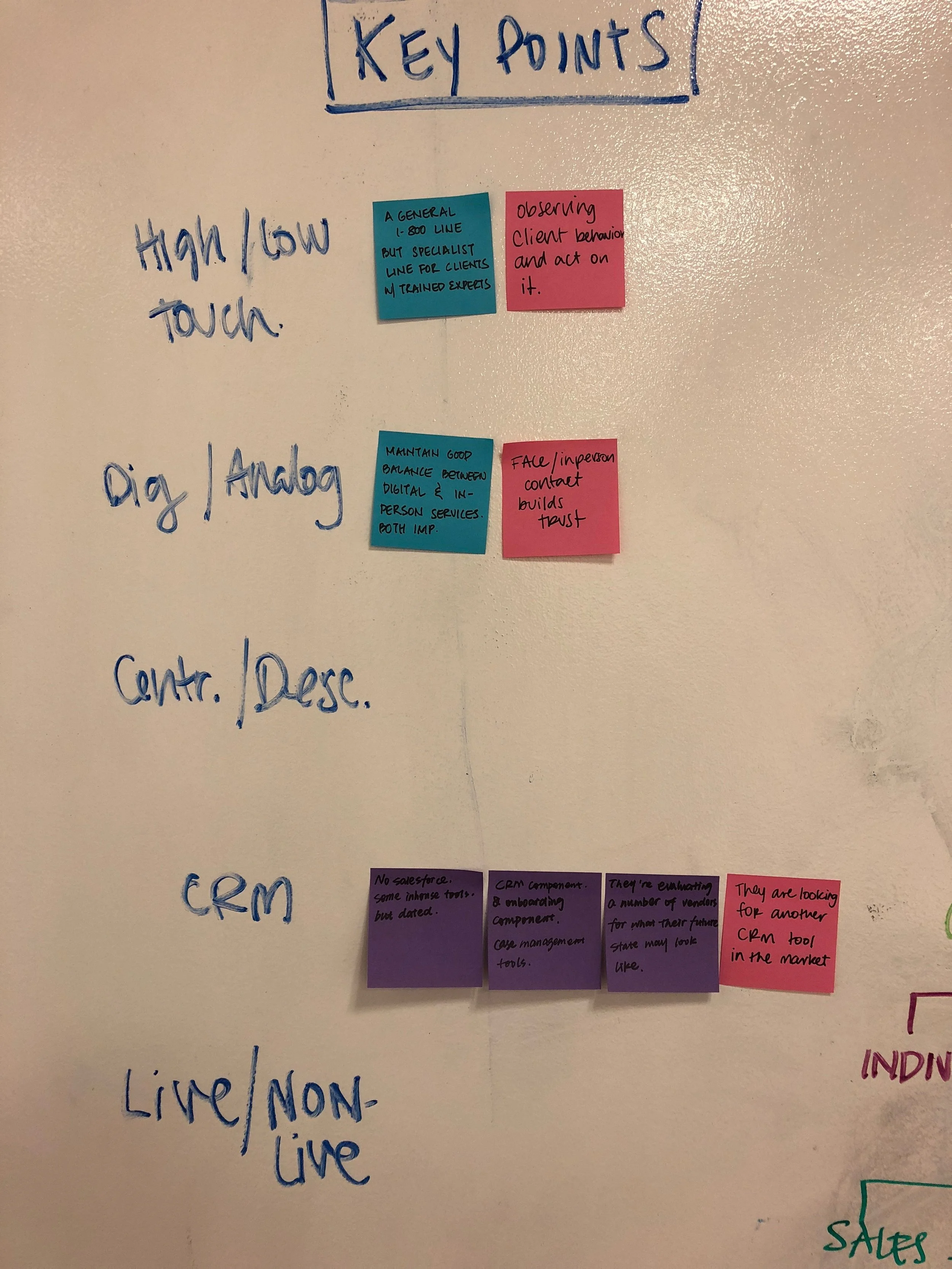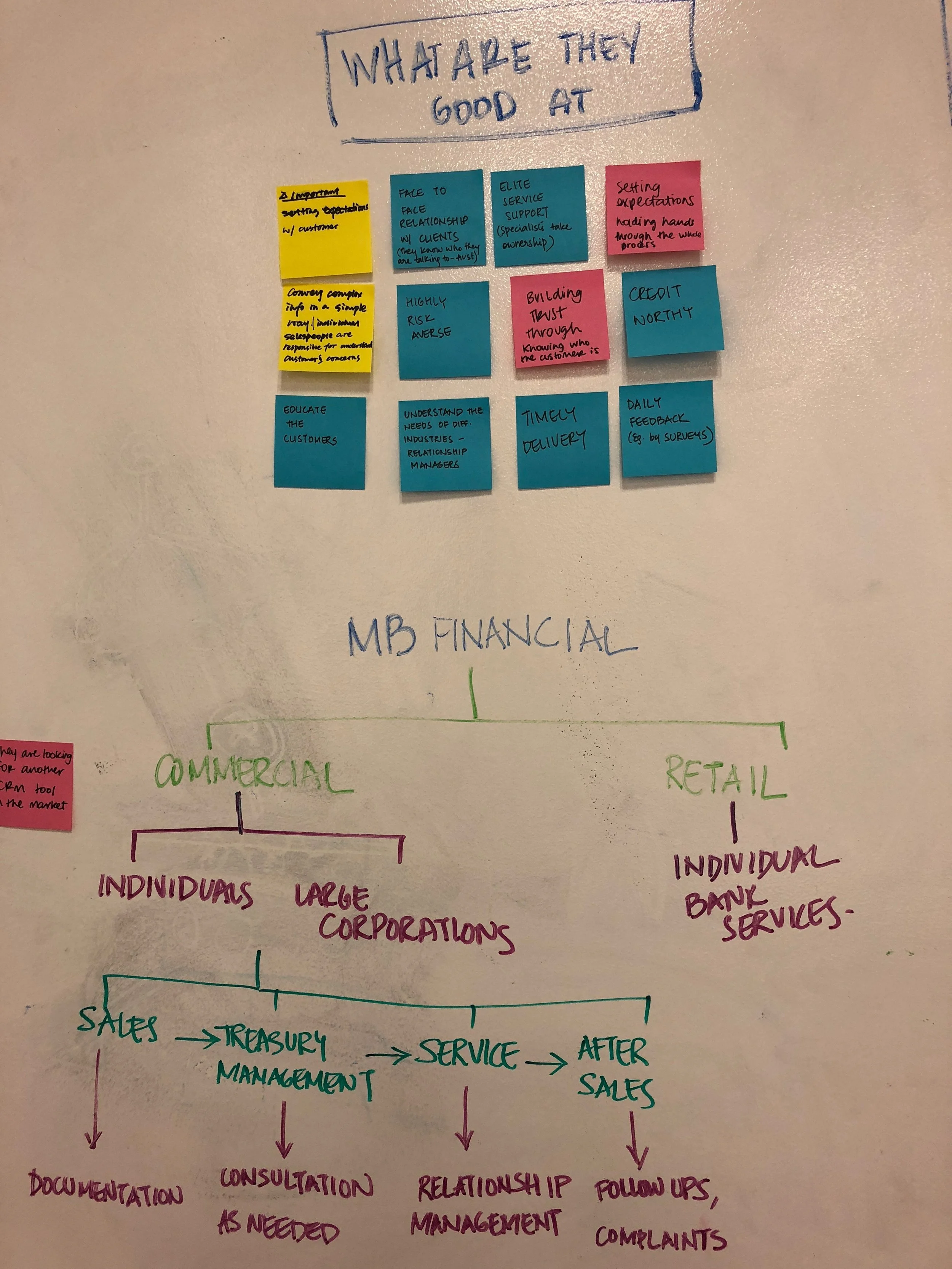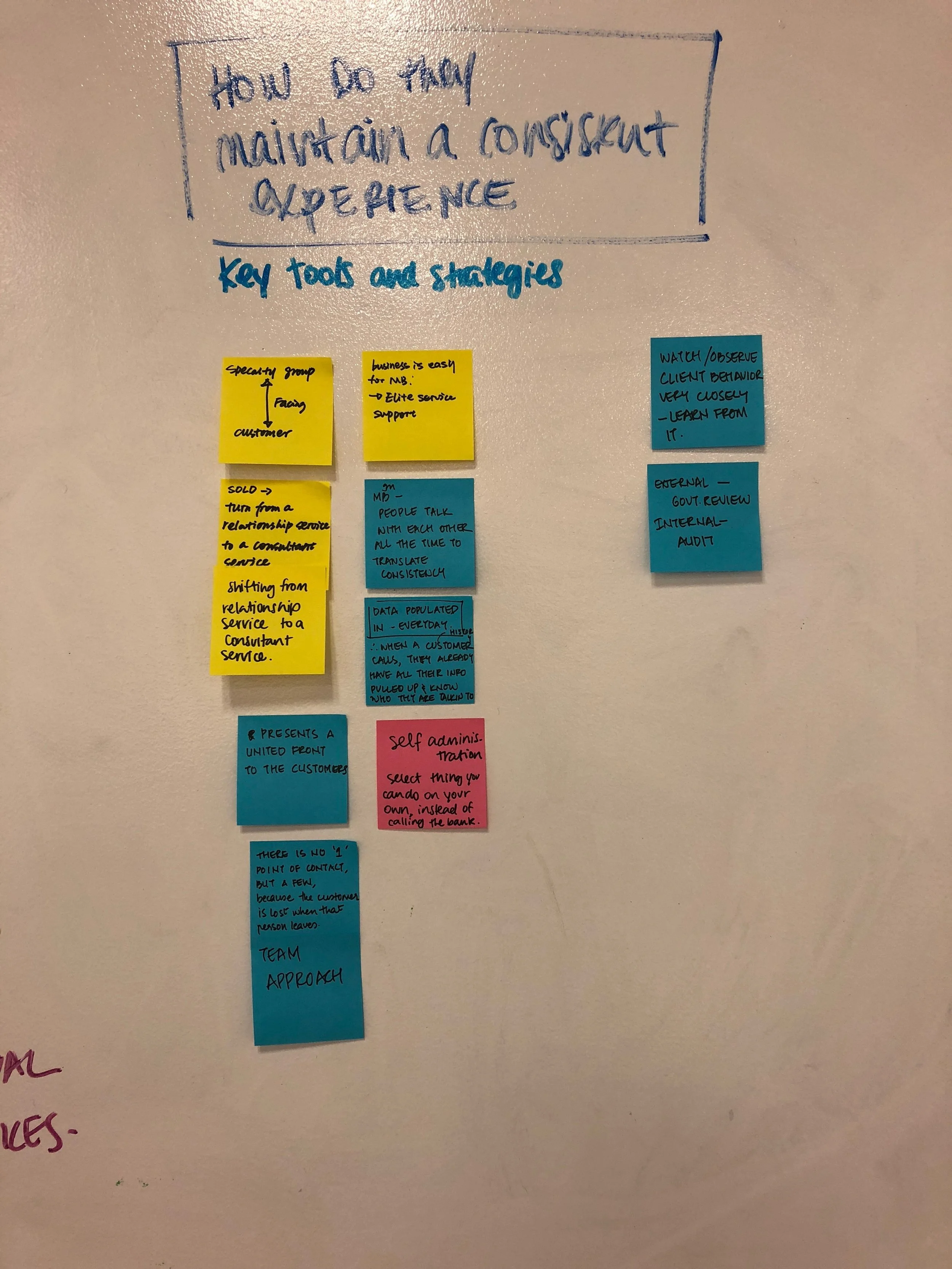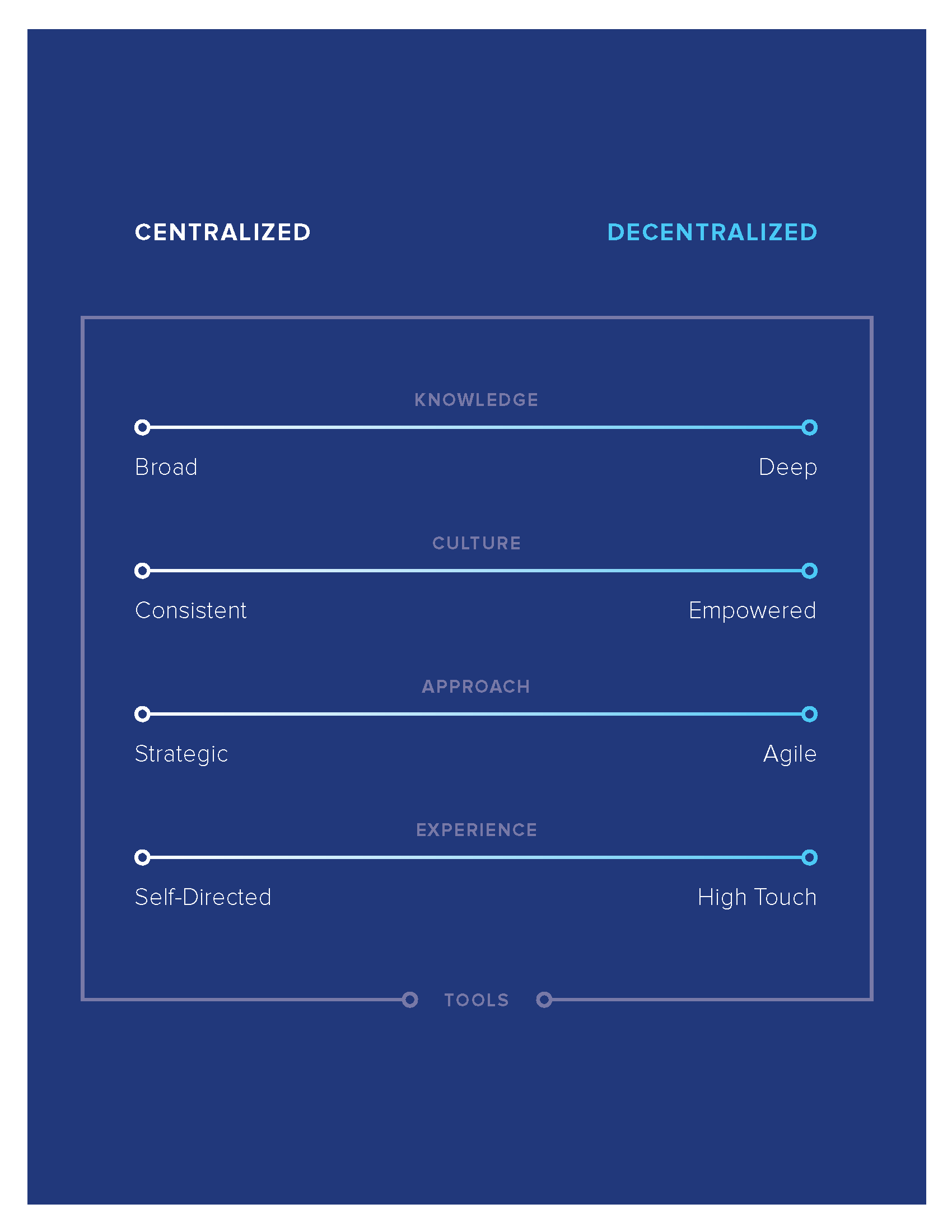Organizational Structures for a Premium Cancer Care Center
USER RESEARCH + ORGANIZATIONAL DESIGN
CLIENT: Premium Cancer Care Institute in NYC, A.Ro, O.Chiu
TEAM MEMBERS: Nathalie Cacheaux, Laurel Komos, Sabah Asif, Jessie-Lujia Yu
GUIDED BY: Professor Jeremy Alexis
MY ROLE: Design Researcher/Strategist
A team effort to develop the FRAMEWORK, to take informed strategic decisions around centralized and decentralized services
This project was a part of faculty research with Professor Jeremy Alexis during Spring 2018. Working with this century old Cancer Care Center in New York as a client was a refreshing experience of a real life project in the healthcare industry. With a project challenge of developing a new centralized service for the intake and management of new and existing patients, we also had to take care that this new centralized service felt like a part of the already existing decentralized parts of the care team, so as to not disrupt the current workflow. The client was interested in learning best practices in analogous organizations and how could it be translated into a framework for healthcare.
The Research Phase
We started with listing out, what might be the most important characteristics, or ATTRIBUTES for cancer care. Alongside, we also settled on dimensions that an organization should consider while taking strategic decisions, specific to cancer care.
We then listed out various ANALOGOUS EXAMPLES that had the same attributes as above, and see what we could learn from their services and products. In an effort to do that, we scored them all on the basis of these characteristics and then tried to find contacts to reach out for conducting primary research.
We conducted INTERVIEWS with around 20 organizations with additional secondary research on 5-7 organizations. After each 60-minute interview, we transcribed the conversation, debriefed the overall learnings and developed INSIGHTS that would later transform into DESIGN PRINCIPLES for developing our framework.
The following shows important parts of our final presentation, where we talked about each dimension and best practices based on our research and insights. These were our recommendations to the Cancer Institute to help them make STRATEGIC ORGANIZATIONAL DECISIONS for the new centralized service that they were still designing.
Case Study Development
With these multiple interviews, we recognized 9 strong cases to be presented to our client by mid-semester. These case studies touched on aspects like organizational structures, customer/patient/client flows, intake and management touchpoints, liaisons of customer engagement, internal systems for tracking and managing customer/patient/client data, and internal frameworks used. With our own analysis and synthesis, we recognized strengths and weaknesses for each of these cases in regards to what our client wanted to learn from these organizations.
Framework Development
Our team spent the second half of the semester working on developing a strategic framework for our client. During the mid semester presentation, we also learnt more about the specific directions our clients were curious to learn about.
This framework has four overarching areas that an organization thinks about from a transformation perspective while thinking of a new service—knowledge, culture, approach, experience, and tools. Example, if an organization wants to develop a self directed experience, then the service is best centralized, and so on. But we also learnt that several organizations also end up being hybrids. Thus, in addition to specifically clear examples, each category has an ‘outlier’ as a hybrid.
We also learnt that tools excompassed across all these categories and could essentially be a 2x2 matrix of categories. I directly contributed to coming up with that framework in the team.
We presented this framework in May to the clients in New York city and received extremely positive responses. They have henceforth also elevated to incorporate this framework in their own work in the organization to inform strategic decisions around new services.



















